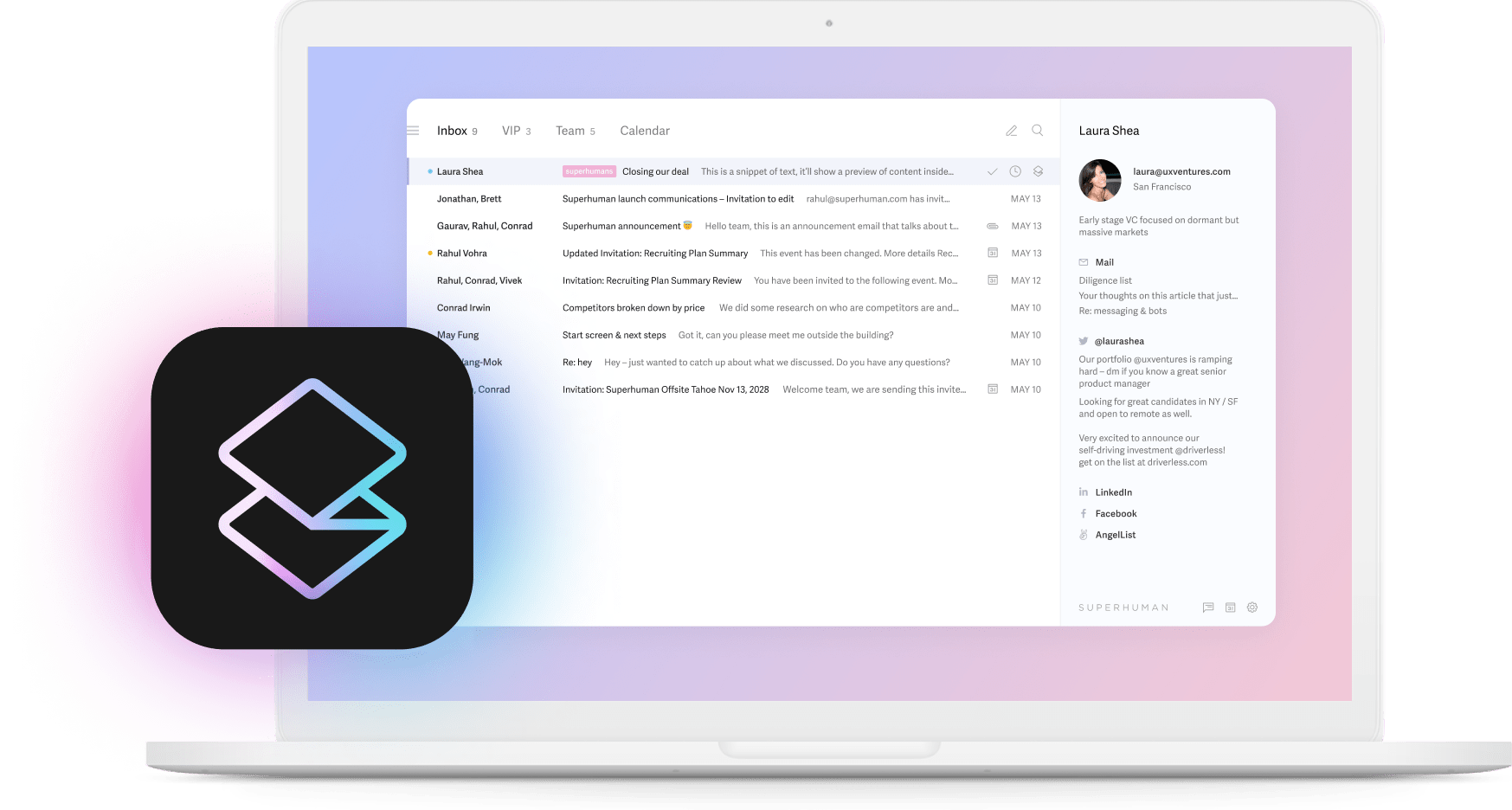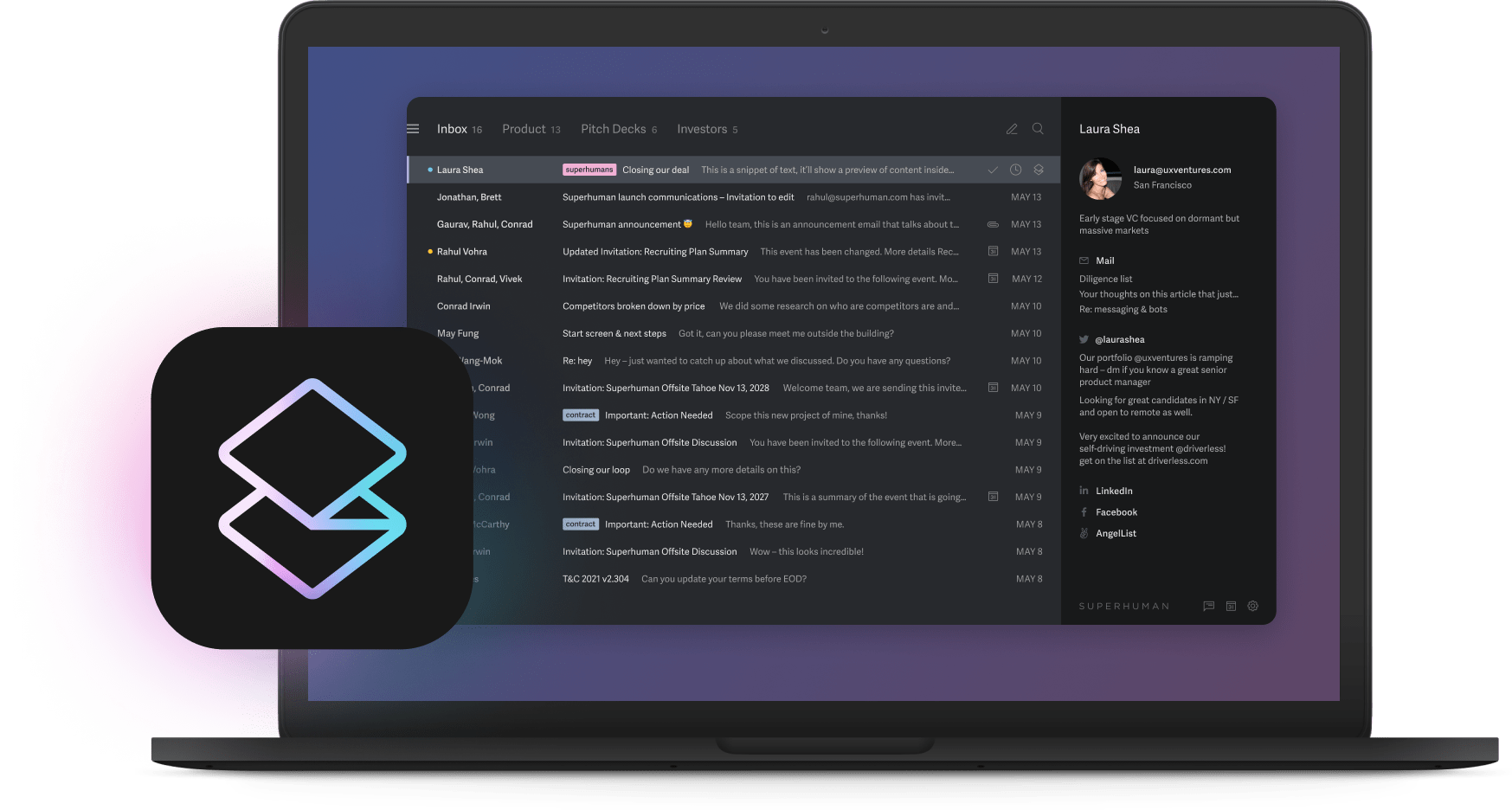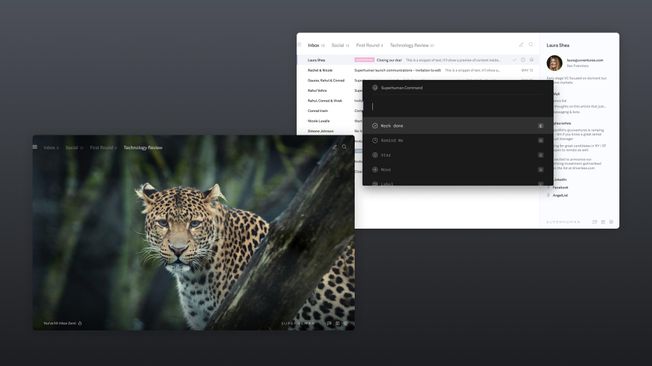
Your competitors are already automating the busywork that still clogs your day. 70% of enterprises have adopted AI in at least one workflow.
Extra hours they save translate into faster lead follow-ups, quicker product iterations, and deals that close before you even respond. If you keep relying on manual processes, the gap widens every quarter.
The upside is clear: a focused, cross-functional push can reverse the trend in just 90 days. The roadmap that follows shows you where to deploy generative AI first, how to measure quick wins, and the steps to turn today's disadvantage into tomorrow's edge.
What is enterprise adoption of generative AI?
Enterprise adoption of generative AI refers to the systematic integration of artificial intelligence technologies across an organization's operational workflows, business processes, and strategic initiatives.
This encompasses the deployment of machine learning models, natural language processing systems, and automated decision-making tools that generate new content, predictions, or solutions rather than simply analyzing existing data.
The adoption process involves three core components: technology infrastructure that supports AI deployment at scale, organizational change management to ensure workforce readiness and acceptance, and governance frameworks that address data privacy, security, and ethical considerations.
Enterprise-level implementation differs from departmental pilots by requiring cross-functional coordination, standardized data architectures, and company-wide training programs.
Key characteristics of successful enterprise AI adoption include executive alignment on strategic objectives, measurable performance indicators, and integration with existing technology stacks.
Organizations typically progress through maturity stages, from initial experimentation to full-scale transformation, with companies seeing 5 - 40% time savings once implementations mature beyond pilot phases.
B2B professionals already save at least one full workday every week with AI. When properly scaled, these individual productivity gains compound across teams, transforming AI adoption from an operational enhancement into a competitive differentiator.
The productivity gap that's costing you market share
Here's the hard truth: while you draft emails by hand and hunt for files across drives, AI-native competitors are racing ahead. They automate the work that clogs your day, freeing hours for high-value tasks. Customers feel the difference.
Most teams lose chunks of the week to repetitive work. Automating those tasks with generative AI delivers substantial time savings for knowledge workers. The gap widens inside your CRM too. Deals stall because answers hide in scattered files, yet AI search pulls the right slide or contract in seconds.
Speed matters even more once prospects raise their hand. AI-enabled rivals personalize a reply, draft a proposal, and schedule the next call in minutes. Your human-only workflow takes hours, sometimes days. That delay costs credibility and pushes prospects toward faster options.
The disparity compounds quickly. Leading enterprises already run at least one AI use case. Every hour they recover gets reinvested in product improvements, customer follow-up, or new campaigns. Decision-makers now expect instant, tailored responses, and they notice who meets that bar.
The good news? You can still catch up. Late movers that roll out focused AI pilots, then scale fast, often leapfrog incremental adopters. Close the gap on low-value work first. Every saved hour becomes fuel for higher-impact initiatives, turning today's deficit into tomorrow's edge.
High-impact use cases: Where competitors are beating you
Understanding where AI creates the biggest impact helps you prioritize your investment. Here are the departments where AI delivers immediate competitive advantages:
- Sales and Revenue Teams. Quick lead response times make the difference between winning and losing. AI enables responses in minutes instead of hours, with personalized proposals drafted automatically and 3x more qualified opportunities through automated scoring. Tools like Instant Reply in Superhuman Mail draft responses before you even open emails.
- Operations and Finance AI accelerates invoice processing, reducing hours spent on backlogs. Add predictive cash flow analysis and automated compliance reporting to transform your entire operational capacity.
- Product and Engineering AI-powered code generation accelerates feature shipping significantly. Proactive bug detection maintains productivity levels that are hard to match without automation.
- Marketing and Customer Success Personalized content gets tailored for every segment at unprecedented speeds. AI facilitates 24/7 customer responses while real-time sentiment analysis optimizes every interaction. Snippets in Superhuman Mail help teams maintain consistent messaging across thousands of touchpoints.
- Human Resources Resume screening, onboarding automation, and predictive analytics for employee retention help HR teams focus on strategic initiatives rather than administrative tasks.
Industry-leading companies are 3x more likely to have experienced significant productivity gains from AI. By adopting these high-impact approaches across departments, you transform potential into performance.
Competitive readiness assessment: How far behind are you?
Start with a quick gut check. Score your team from 1-5 on three metrics that matter:
- Lead response time: Do prospects hear back in minutes, hours, or days?
- Proposal automation: can sales reps send tailored decks without touching PowerPoint?
- Email personalization at scale: Does every prospect feel like the only prospect?
If any answer is a 3 or lower, you're already losing ground to AI-native competitors.
Next, scan for red flags. Deals slip away because "the other team moved faster." Customers complain about slow replies. Your top performers jump to companies with better AI tools. Even one of these signals means the gap is widening.
Now look for comeback indicators. An executive sponsor with budget and authority, a cross-functional team, and clean data are the three strongest signs you can catch up. A five-day assessment clarifies each one. When time is tight, use sprint templates and integration playbooks to move fast.
Your comeback roadmap: From behind to ahead
You can close an AI gap in 90 days when you focus each week on clear business outcomes. Here's how to catch up fast, then pull ahead.
Week 1-4: Stop the bleeding
Start with executive buy-in and a small, focused team. Keep paperwork simple with a one-page plan, clear budget, and quick decisions. No committees, no endless approvals.
Hit your biggest pain point first: slow customer response. Deploy AI tools that work with your existing email and chat systems right away. Superhuman customers using AI save 37% more time than those who don't.
Features like Auto Summarize help teams understand long email conversations instantly. These early wins build confidence while you track baseline metrics like response time, deal speed, and customer satisfaction.
Week 5-12: Close the gap
Now expand to two or three workflows where speed directly impacts revenue. Use ready-made solutions instead of building from scratch. Set up cloud infrastructure, connect through APIs, and run pilot tests so teams can compare AI output to their current work.
Track results weekly. If something isn't working, pivot fast rather than trying to perfect it slowly.
Week 13+: Pull ahead
This is where you move into areas competitors haven't touched yet. Combine AI with your proprietary data, or connect multiple AI agents so one action triggers an entire workflow. Set up monitoring systems and automated data pipelines to maintain quality while you scale.
By this stage, AI isn't just a tool, it's your competitive advantage. It's integrated across systems, learning from every interaction, and creating compound productivity gains.
Governance that enables speed, not bureaucracy
Smart governance lets you ship AI in weeks, not quarters. Follow these principles to protect data without slowing your rollout:
1. Create a fast-track approval process Form a small team with decision-making authority. Get data governance right from day one so privacy teams stay comfortable while you move quickly. Develop a simple playbook covering roles, approval flows, and pre-approved integration patterns.
2. Prioritize security without sacrificing speed Encrypt data everywhere and control access permissions. Monitor everything in real-time to catch problems early. Replace slow manual reviews with automated alerts and weekly audits.
3. Keep governance lightweight More than 80% of AI projects fail when no one owns the outcome or compliance blocks progress. Choose tools with open APIs and exportable models to avoid vendor lock-in.
4. Establish clear ownership Assign a single leader who owns AI outcomes across the organization. Give them budget authority and direct access to executives to remove roadblocks quickly.
Promethium's framework demonstrates how lightweight governance accelerates deployment while maintaining enterprise standards.
Change management: Creating AI champions who outperform
Your teams either see AI as a threat or as the unfair advantage that lets them win more deals. That mindset shift determines everything. When most enterprise AI projects stall because people never adopt the tools, turning hesitation into excitement becomes your real competitive advantage.
Start by recruiting your top performers as early adopters. Give them first access to new AI tools, ask for unfiltered feedback, and showcase their results. Short, interactive training that walks through real work scenarios beats lengthy presentations.
Focus training on competitive wins, not feature tours. Pair each lesson with a quick challenge to rewrite a customer reply, triage an inbox, or draft a proposal. People need to feel progress within minutes.
Measure momentum the same way you track revenue: daily. Dashboards that highlight time saved, emails answered, and response-time reductions create a visible scorecard. When leaders see teams replying faster, enthusiasm spreads fast.
Build vs. buy: The speed-to-market decision
Every month you spend building AI from scratch, your rivals speed past you. The proven 90-day approach demonstrates you can deploy production-ready generative AI in one quarter, but only if you choose the fastest path.
Buying gets you that head start. AI-native apps built on pre-trained models can go live in days, not quarters. Deploy proven solutions and your team saves hours every week, responds faster, and handles more conversations before your first custom line of code would even compile.
Save building for what makes you different. Your proprietary pricing engine, industry-specific risk model, or region-locked compliance process is where custom development pays off. Even then, plan for speed: rapid fine-tuning, API-first architecture, and tight integration sprints.
How to start your enterprise AI adoption today
Every day without AI costs you market share. The majority of enterprises have already started their AI journey, yet most are still in early stages, leaving the field wide open for those ready to move decisively.
Start where it hurts most: response time. AI-native email tools help teams reply 12 hours sooner and handle twice as many messages. Teams using Superhuman Mail save 4 hours weekly, with some responding 3.5 hours faster.
Ready to give your team the competitive advantage they deserve? Try Superhuman Mail free for 30 days and see why industry leaders trust us to accelerate their enterprise AI adoption.





